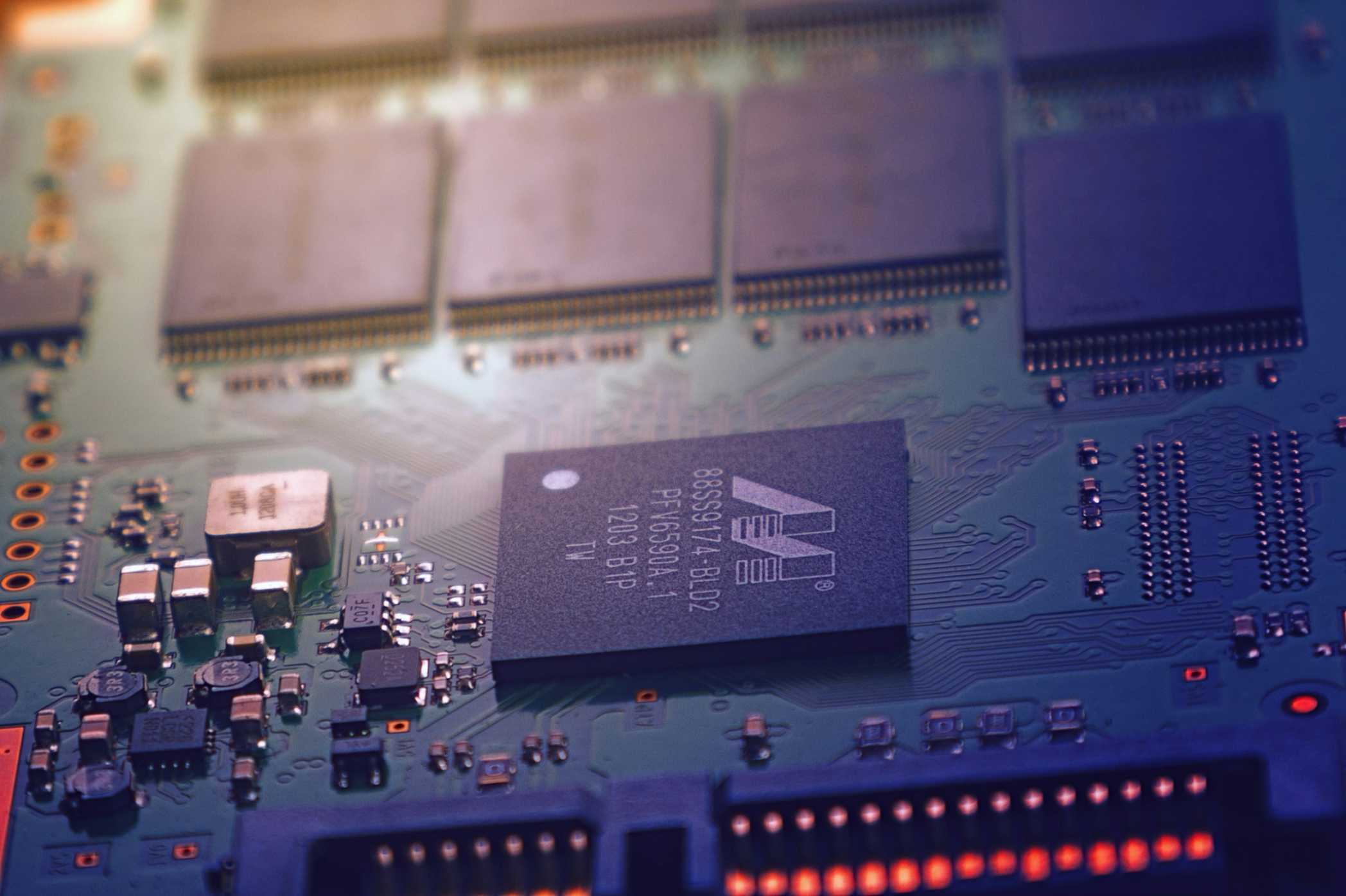Polygon Blockchain Scaling Solutions for Ethereum
A guide to Polygon, a leading platform for Ethereum scaling and infrastructure development. Learn about its various solutions, from the PoS sidechain to the new ZK-rollups.

As Ethereum has grown in popularity, the need to scale the network to handle more transactions has become the most critical challenge. Polygon has emerged as one of the most important and multi-faceted projects dedicated to solving this problem.
Originally known as Matic Network, Polygon is not a single product, but a full-stack suite of scaling solutions for Ethereum. Its goal is to create an "internet of blockchains," allowing developers to build and connect Ethereum-compatible networks with ease.
The Core Problem: Ethereum's Scalability
The Ethereum mainnet can only process a limited number of transactions per second (around 15). This creates a bottleneck, leading to high transaction fees ("gas") during periods of high demand. Polygon's various solutions aim to alleviate this by processing transactions on separate, faster chains and then bridging them back to Ethereum.
Polygon's Suite of Solutions
1. The Polygon PoS Sidechain
This is the most well-known Polygon product and the one most people are referring to when they say "Polygon."
- What it is: A sidechain is an independent blockchain that runs in parallel to Ethereum. It has its own Proof-of-Stake (PoS) consensus mechanism, secured by validators who stake Polygon's native token, MATIC.
- How it works: Users "bridge" their assets from Ethereum to the Polygon PoS chain to take advantage of its much faster speeds and lower fees.
- Trade-off: Because it has its own security, it does not inherit the full security of the Ethereum mainnet. It is considered less secure than a true Layer 2 solution.
2. Polygon zkEVM (A True Layer 2)
This is Polygon's next-generation scaling solution and a key part of its future.
- What it is: A ZK-Rollup that is compatible with the Ethereum Virtual Machine (EVM). This is considered a "holy grail" of scaling because it combines the security of ZK-proofs with the ease of development of the EVM.
- How it works: It bundles thousands of transactions off-chain, generates a cryptographic "validity proof" (a ZK-SNARK) to prove they are valid, and then posts this single proof to the Ethereum mainnet.
- Benefit: It inherits the full security of Ethereum and allows for near-instant withdrawals, unlike Optimistic Rollups. For more, see our guide on how zkEVMs work.
3. Polygon Miden
This is another ZK-Rollup being developed by Polygon, but it uses a different technology (ZK-STARKs) and a new, specialized virtual machine (the Miden VM). It prioritizes performance and advanced features over direct EVM compatibility.
The MATIC Token
The MATIC token is the native cryptocurrency of the Polygon ecosystem. It is used to:
- Pay for transaction fees on the Polygon PoS chain.
- Stake to become a validator and secure the PoS network.
- Participate in the governance of the protocol.
Polygon has established itself as a leader in the race to scale Ethereum. Its pragmatic, multi-pronged approach—offering both a highly-adopted sidechain for today and building next-generation ZK-rollups for tomorrow—has made it a critical piece of infrastructure for thousands of dApps and a vital part of the broader Web3 ecosystem.
Frequently Asked Questions
1. Is Polygon a Layer 2?
This is a common point of confusion. The main Polygon PoS network is technically a sidechain, as it has its own validator set and does not inherit Ethereum's security. However, the Polygon team is also developing several true Layer 2 solutions, such as Polygon zkEVM.
2. Is Polygon an "Ethereum Killer"?
No. Polygon's strategy is to be an "Ethereum scaler." All of its solutions are designed to work with and enhance the Ethereum ecosystem, not to replace it.
3. What is the difference between Polygon and Arbitrum?
Polygon PoS is a sidechain. Arbitrum is an Optimistic Rollup, which is a type of Layer 2 that is more directly secured by Ethereum. Arbitrum is generally considered to have a stronger security model, while Polygon PoS has been live for longer and has a very large network effect.
4. What language do you use to build on Polygon?
Since Polygon's main products are EVM-compatible, you can build smart contracts using Solidity, the same language used on Ethereum. This makes it easy for developers to migrate their dApps to the Polygon ecosystem.
5. What are the career opportunities on Polygon?
Polygon and the many projects building on it are constantly hiring. The demand for skilled Solidity developers, full